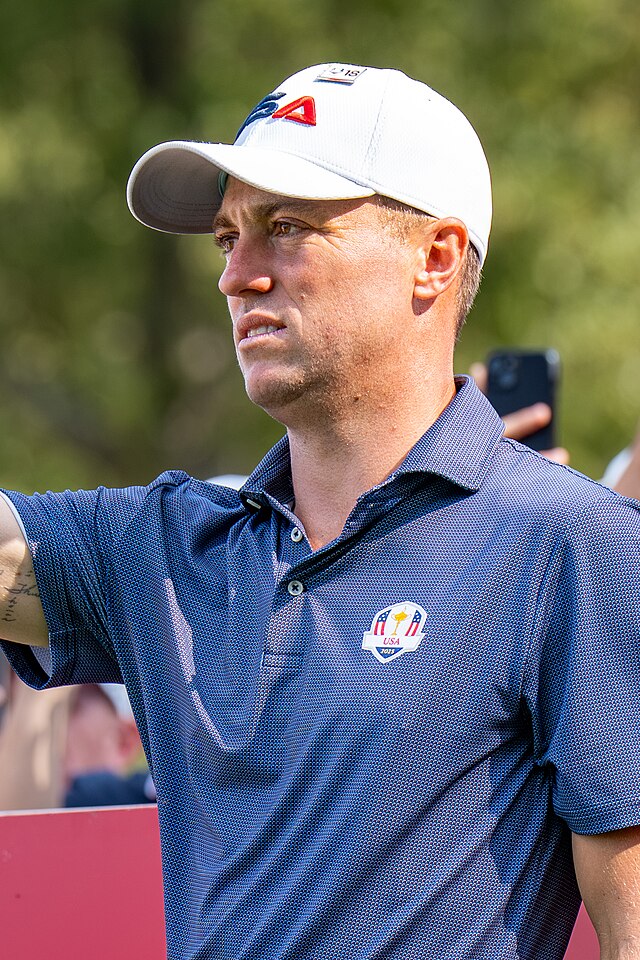
Justin Thomas
Presidents Cup Record
Career Achievements
Major Championships
News Mentioning Justin Thomas
Why Team USA Dominates the Presidents Cup: A Deep Dive
Team USA's 13-1-1 record in Presidents Cup history isn't just luck. We analyze the key factors behind American dominance in this biennial competition and what it means for the future of the event.
Justin Thomas: The Fiery Competitor Leading Team USA"s Charge
From PGA Championship glory to Presidents Cup heroics, Justin Thomas has established himself as one of Team USA"s most reliable and passionate competitors. Explore his journey from Kentucky prodigy to golf superstar.
Biography
Justin Thomas is one of the most accomplished and dynamic American players of his era. A two-time PGA Champion, he is known for his aggressive style, elite iron play, and fiery, emotional personality. While successful individually, 'JT' truly comes alive in team competitions, where his passion and energy make him a natural leader and a feared match-play opponent. He often serves as the emotional heartbeat of Team USA.
Player Statistics
Detailed Presidents Cup Record
Singles Record
Foursomes Record
Fourball Record
Defining Presidents Cup Moment
At the 2019 Presidents Cup at Royal Melbourne, where the U.S. Team was in danger of a historic upset, Justin Thomas served as the team's fiery emotional leader. He secured a vital point in his Sunday Singles match that helped spark the American comeback victory. His passionate performance throughout the week solidified his reputation as one of Team USA's most important leaders in team competitions.